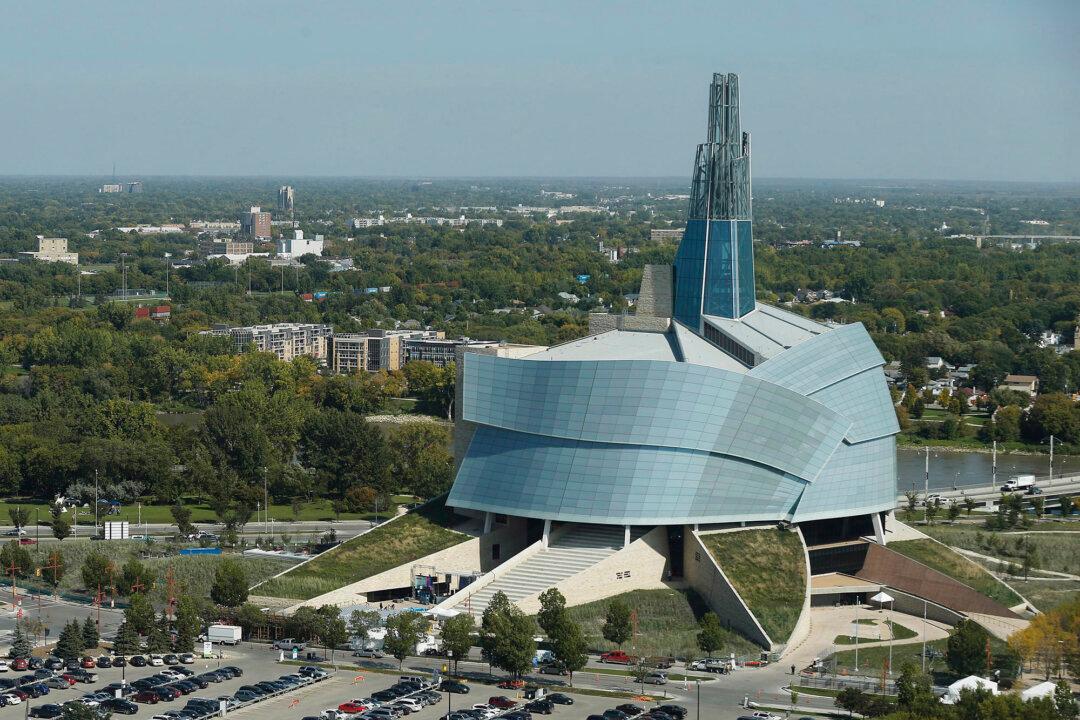Commentary
First the radicals came for the statues, and some have already been taken down. That was easy because the statues represented dead white men.

First the radicals came for the statues, and some have already been taken down. That was easy because the statues represented dead white men.